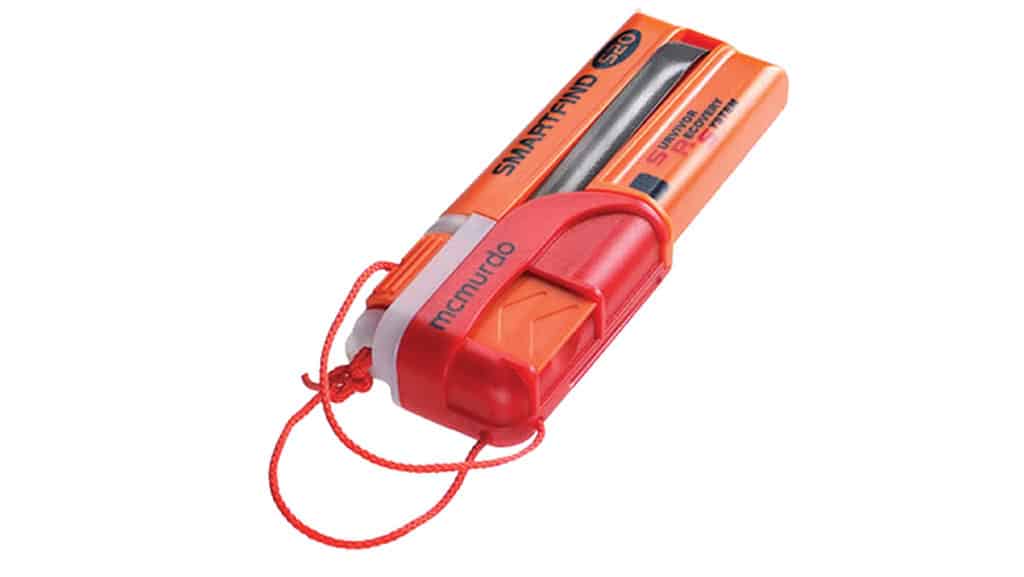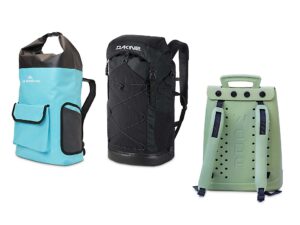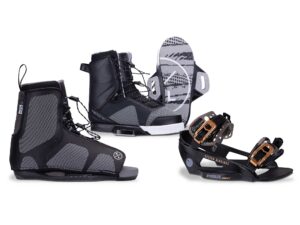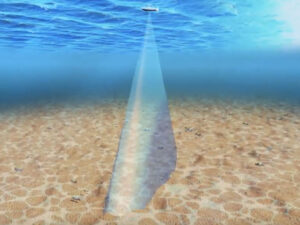
Many boaters are aware of personal locator beacons (PLBs) that broadcast the location of a man overboard (MOB) to rescue personnel via satellite. Yet not as many are aware of devices that use the automatic identification system (AIS) and digital selective calling (DSC) to locate a man overboard.
The Ocean Signal MOB1 ($259.95, thegpsstore.com), for example, communicates two ways. Designed to integrate with an inflatable life jacket, the 7-inch-tall MOB1 activates upon inflation and transmits an alert with its GPS position to AIS receivers and plotters in range (4 to 5 miles, depending on conditions) for 24 hours. It also sends a DSC distress signal with the location to DSC-equipped VHF radios.
Another example is the McMurdo Smartfind S20 AIS MOB ($239.76, pbsboatstore.com) that also clips to an inflatable life jacket. The standard model requires manual arming and activation. Its AIS function broadcasts the GPS position of the MOB for 24 hours to AIS receivers and plotters within range. The S20 does not feature a DSC distress alert function. To be effective, boaters should configure AIS MOB devices with MMSI (mobile maritime service identity) numbers as they would with a DSC-equipped VHF radio.
AIS MOB devices are not meant to replace but rather augment PLBs. That said, since they alert nearby AIS-equipped vessels, such as the boat from which the person fell overboard, to assist in the search-and-rescue effort, these devices can reduce rescue times substantially. A PLB, on the other hand, works worldwide, well beyond VHF range, to summon rescuers. It’s important to keep a PLB around if venturing far out to sea and away from other boaters. The downside is that it might take hours for first responders to arrive on scene.









